Using our selection of the “13 Best Marketing Automation Examples for 2025,” launch your company into the stratosphere of success.
With its thorough examination of how automation is redefining the marketing scene, this essay is powerful stuff. What are our objectives then? To motivate, educate, and provide you…
- Smart case studies from many sectors
- Proven techniques to raise client involvement
- Strategies to increase ROI and productivity
We show how, for example, a specialist fitness company used automation to hyper-personalize its customer experience, which increased membership sign-ups.
Above all, we emphasize the part Plerdy UX & Conversion Analysis plays in these success stories. By revealing patterns of user behavior, this potent technology helps marketers to maximise their automated ads for increased conversions.
Take a thrilling tour through the realm of marketing automation, where growth, personalization, and efficiency combine to produce a potential monster. Assemble and let’s go!
What Is B2B Marketing Automation?
A strong foundation of modern marketing strategy is B2B marketing automation. This automated workhorse simplifies processes and increases the scope, accuracy, and efficiency of your company reach. Into the details we shall go:
- Organizes repetitious work to save important time
- Improves lead nurturing, directing prospects through the sales funnel
- Enables customized communication, so building closer bonds
- Gives quantifiable measurements and useful information for better tactics.
Take a specialist example, an IT services company. Their offering is complicated, KPIs are quite precise, and their sales cycle is long. By putting marketing automation into place, they can effectively customize content for every phase of their customers’ experience. A new lead might, for instance, get a useful whitepaper, but an interested prospect might get a customized demo invitation. Automation guarantees the correct prospect receives the appropriate message at the right moment. Employing the potential of B2B marketing automation, companies can establish a seamless, customized, and successful conversion route. Accept it now to accelerate your growth trajectory and reenergize your marketing approach.
Why You Can’t Ignore Marketing Automation for Growing Your Business
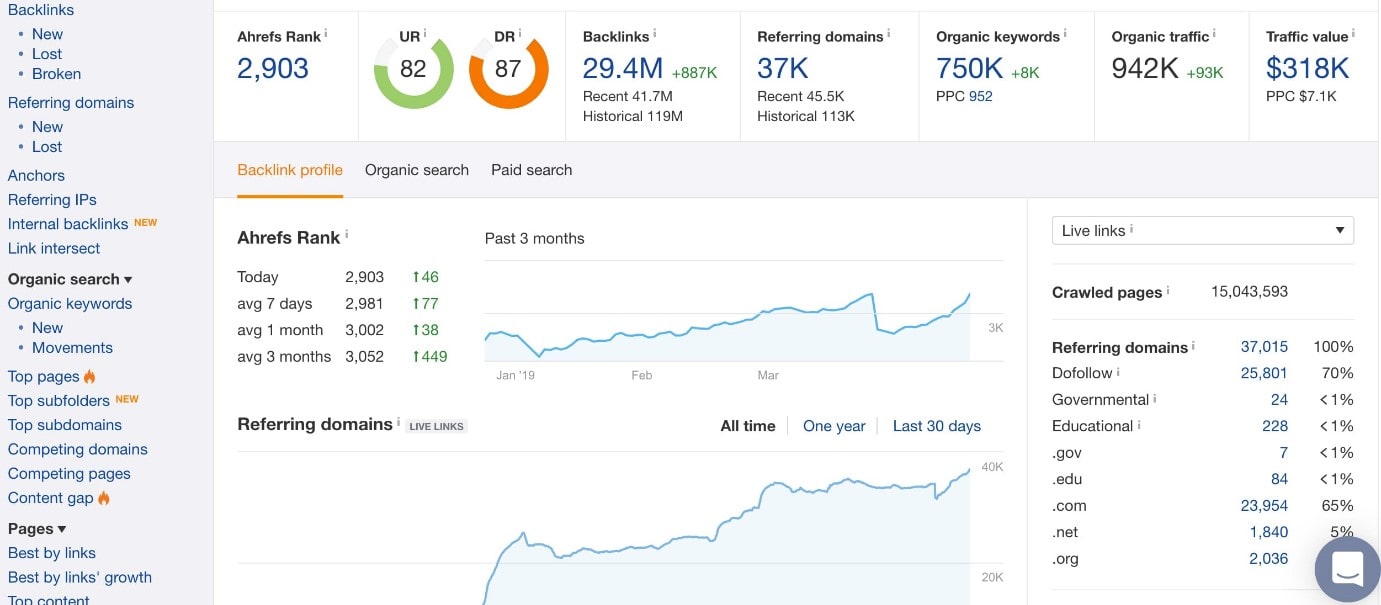
A vital instrument for company expansion is marketing automation. Your pass to growing without getting bogged down in operational details. It offers to the table the following:
- Increased output through mechanization of routine jobs
- Increases client interaction by means of customized communication
- gives useful information to improve your marketing campaigns
- guarantees uniformity of brand message among several media.
Customization might be intimidating when there are several goods and a varied clientele. Come marketing automation. It enables the store to automate follow-ups depending on user activity, send customised products, and segment customers. What become of it? Conversions increased, client loyalty strengthened, and growth continued. By means of efficiency, involvement, and growth, you can so direct your company toward a future. However, ignoring it, you have to catch up in a market that is getting more and more competitive.
Understanding Marketing Automation: A Powerhouse Tool for Modern Marketers
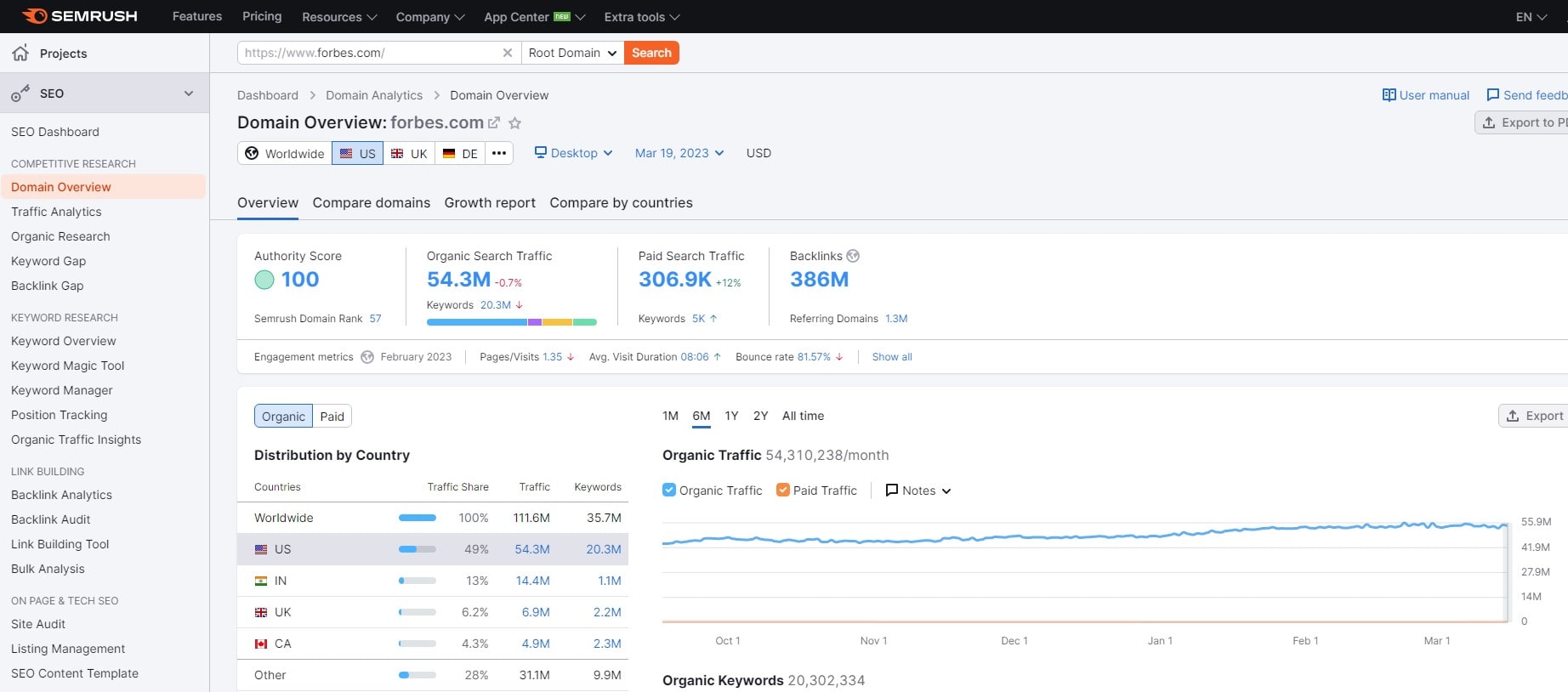
A buzzword in the corporate world lately, marketing automation promises to transform your marketing tactics. But just what does it mean? Said another way, it’s using technology to automate, simplify, and quantify marketing activities and processes. It is the factor accelerating revenue increase, brand loyalty, and consumer engagement.
Marketing automation means you’re not just aiming blindly. Rather, you’re arranging a symphony of customized exchanges that speak to your clients.
Turning now to the main elements of marketing automation:
- Integration of your Customer Relationship Management (CRM): The bridge ensures a smooth information flow between your marketing and sales departments.
- Email Marketing: Creating tailored communications that captivate your readers has never been easy.
- Social media management includes posting schedules, interaction monitoring, and community building.
- Analytics and Reporting: Give data-driven decisions real-time understanding of campaign performance.
Automation is more than simply the newest, glitzy gadget for marketing organizations. The Swiss Army Knife is a toolbox essential that is both dependable and adaptable. This is a perfect illustration of how it facilitates their ability to break through the noise and provide customized experiences to their customers.
Recall, though, that the way marketing automation is used is what makes it magical, not the technology itself.
The Role of Marketing Automation in 2024
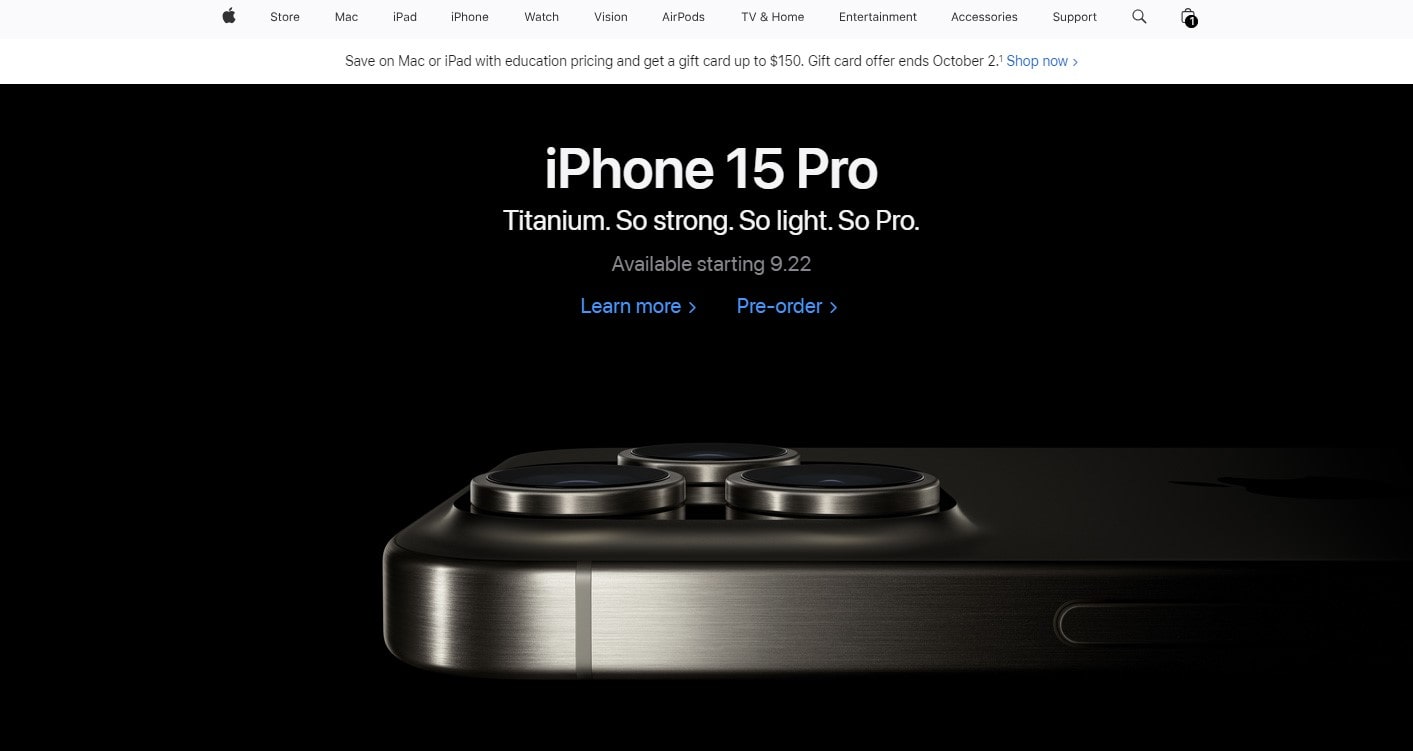
Marketing automation is front stage as we rush toward 2024. The basis of any smart marketer is its ability to maximize efficiency and streamline processes quickly.
In marketing nowadays, automation is not a choice; it is a demand rather. More importantly than anything else, it is the tool that helps businesses to keep a pulse on consumer behavior and stay ahead of the digital dance.
For instance, think of the fashion shopping sector; automation is a friend of retailers. They may track trends, personalize consumer experiences, and replenish suitably.
Consider what marketing automation will find application in 2024:
- From email marketing to website content, personalizing will receive even more importance. Automation lets you provide every client a unique experience that makes them valuable and visible.
- Data Driven Decisions: Automation technologies offer firms an abundance of data to guide their decisions.
- Automating repeating tasks helps businesses focus on creating a seamless client experience.
Prepare yourself so and embrace the possibilities of marketing automation. The catalyst will enable the takeoff of your marketing plan for 2024 and beyond.
1. Personalized Email Marketing: Crafting Tailored Experiences
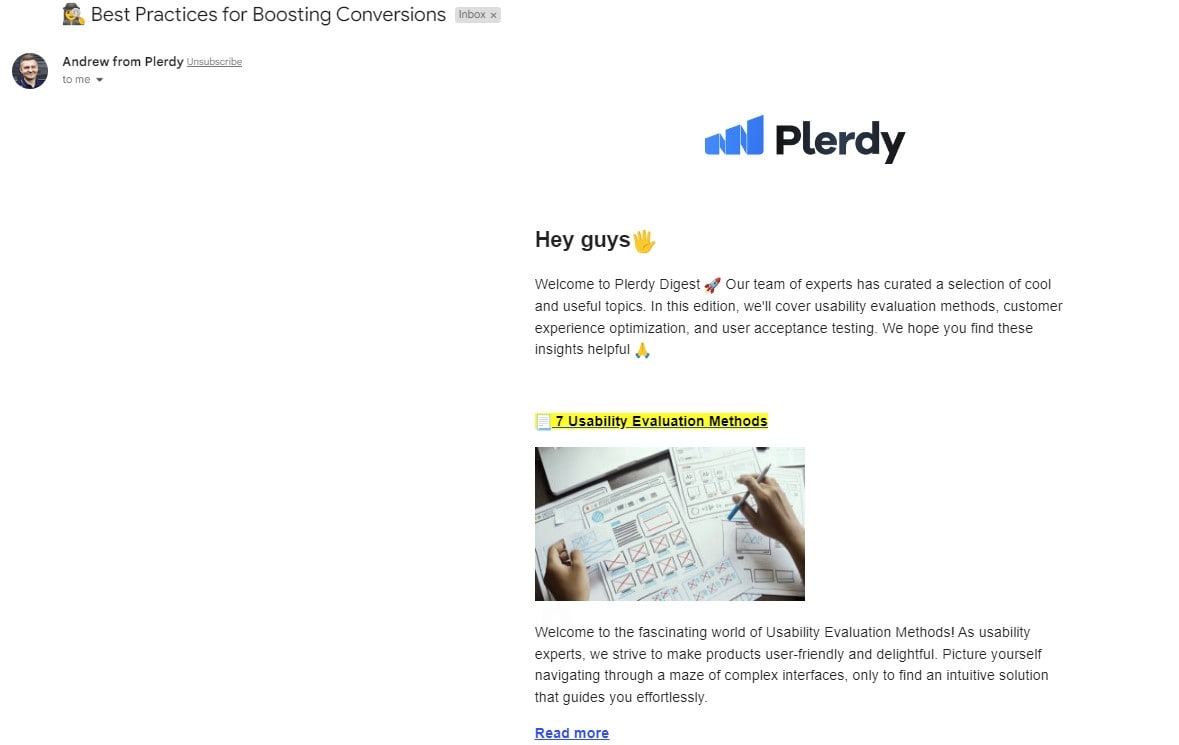
Customized email marketing is a client engagement beacon in the realm of marketing automation. It has to do with offering actual value, challenging the norm, and clearing the clutter.
Imagine walking into a coffee shop and the barista knows your name, usual order, and favorite brewing technique. Customized email marketing also makes consumers valuable and comforting. In the niche of online bookselling, for instance, customers might receive tailored emails recommending books based on past purchases or browsing activity.
Customized email marketing yields the following:
- Emails with a personal touch open and click through more often. They involve and attract the customer.
- A strong customer relationship is developed and trust is strengthened when consumers come across content relevant to their needs.
- Personalized emails help to drive income from more purchases and conversions.
Customizing emails using marketing automation is a challenging mountain to climb. It has to do with identifying your audience, applying analytics, and crafting messaging that speaks to your readers. Put on your work gloves and let tailored email marketing to drive your method to customer connection. In the broad scheme of marketing, the art is making your customers feel like they are one in a billion.
2. Social Media Scheduling and Analytics: An Automated Symphony

Navigating the digital realm of social media may be compared to arranging a symphony; every post, every interaction, every reply is a note that must be performed just at the proper moment. Here marketing automation becomes your master tool.
Think about the market for handcrafted cheese makers. Using marketing automation, they schedule postings emphasizing their cheese-making technique, new products, or pairings recommendations. Once more, though, it boils down to consistently and powerfully engaging their audience and strengthening their brand story.
Plan social media, then get statistics.
- Good time management: Plan postings ahead of time to match the ideal times for involvement, therefore freeing resources for other projects.
- Insightful analytics helps you to know what your audience finds interesting—that which material generates more likes, shares, or comments.
- Consistent brand presence on all social media platforms is made possible by routinely scheduled postings.
Social media scheduling and analytics are basically the foundation of a good social media plan. They help you to control the correct string at the right moment and change your strategy in reaction to instant feedback. Thus, take leadership and let marketing automation help you to schedule your social media success.
3. Dynamic Content on Websites: Tailoring the User Experience
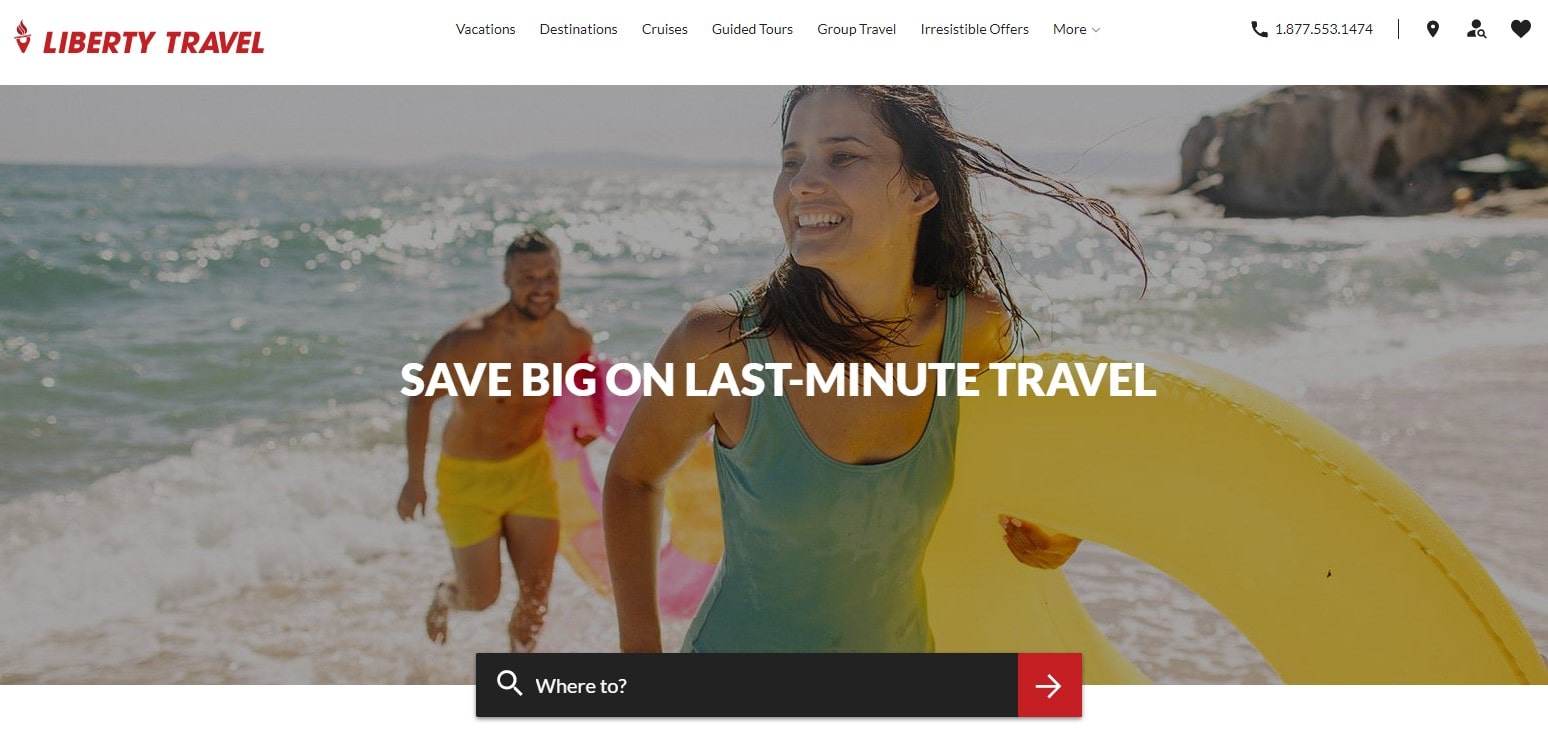
Dynamic website content marks the beginning of a customizable user experience age. Marketing automation is the creator of this artwork; it presents an image that adapts and expands depending on the preferences of the viewer.
Envision an online travel agency. A user’s website might show different holiday packages, travel advice, or destination recommendations based on their past searches or booking record. Once more, it boils to knowing the person, showing up where they are, and meeting their requirements.
Dynamic content’s characteristics include:
- Dynamic content addresses user preferences, therefore increasing user engagement and length of visit on the website.
- More pertinent content can raise conversion rates as buyers find exactly what they are looking for.
- Dynamic content offers a valued and understood user experience.
Dynamic content is the crown gem in a society when content rules. Still, it’s about a carefully crafted garment that fits every user exactly rather than a one-size-fits-all fix. Welcome the future and let dynamic content driven by marketing automation to transform your website from a fixed billboard into an interactive, tailored experience.
4. Multi-Channel Campaign Management: The Art of Synchronized Marketing
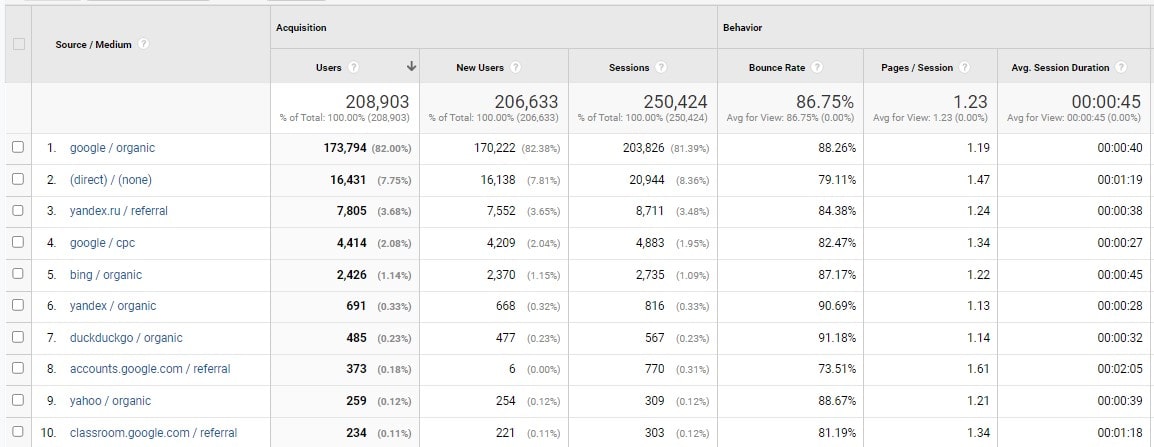
Multi-channel campaign management is like a well tuned orchestra performing in perfect harmony to produce a symphony of client involvement in the concert of modern marketing.
A multichannel campaign might be used, for example, by a gourmet meal delivery service. For customized meal suggestions, they might employ email marketing, social media for user-generated content sharing, and push alerts for delivery updates in real time. Once more, it’s about being proactive and present on every platform their clients use.
The marvel of multi-channel campaign management is this:
- Ensures your brand talks with a single voice on all platforms, therefore strengthening your brand story.
- Better Customer Reach: Since your audience will probably utilize several platforms, you have more chances of reaching them.
- Optimised Customer Experience: Offers a smooth and constant experience independent of the channel used by the customer.
Your brand will be heard loudly throughout the digital environment when marketing automation is arranging this multi-channel symphony. As such, take the stage and manage your multi-channel campaign with the dexterity and accuracy of a seasoned master.
5. Lead Scoring and Management: Refining the Conversion Funnel
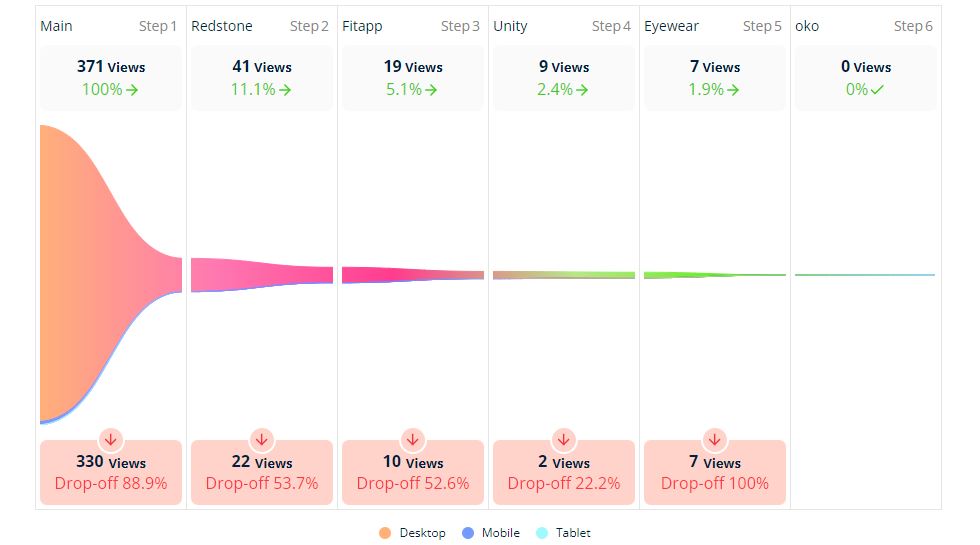
Lead scoring and management, driven by marketing automation, is like gold panning—you have to sort through the gravel to discover the most precious gems.
Take a business-to-business software provider. They first grade leads according to how well a person interacts with their website, downloads material, or attends a webinar. They then sort the wheat from the chaff, concentrating their efforts on leads that are more likely to convert.
Lead scoring and management offers:
- Effective Resource Allocation: Give leads with greater engagement priority so that time and money are used wisely.
- Higher calibre leads that sales teams receive increase their chances of closing deals.
- Enhanced Customer Journey: You can customize a lead’s journey to raise their chance of conversion by knowing how they behave.
Leads can be scored by data-driven insights rather than by gut feeling with marketing automation. It’s about pointing up the brightest prospects and helping them to convert. Enter the stream and let management and lead scoring to guide you to your gold.
6. Customer Segmentation: Tailoring Your Marketing Symphony

The skill of putting each customer into a compelling melody in your marketing symphony is known as customer segmentation. Consider an internet clothing store, for instance. They might divide consumers into groups according to demographics, browsing habits, and past purchases, then create customized advertisements for each one.
This process is driven by marketing automation, which helps you to align your efforts and connect with every customer group. Clear advantages are present:
- Customised Marketing: You may create messaging that really connects with each consumer group by knowing about them.
- Increased Customer Retention: Loyalty is promoted by customers feeling appreciated and understood.
- Improved ROI: Your return on investment is increased by the greater results targeted initiatives frequently produce.
Not putting people in boxes but rather realizing their particular requirements and preferences is the secret to consumer segmentation. It’s about leading your marketing orchestra to produce a symphony that appeals to every client.
7. CRM Integration: The Heartbeat of Customer-centric Marketing
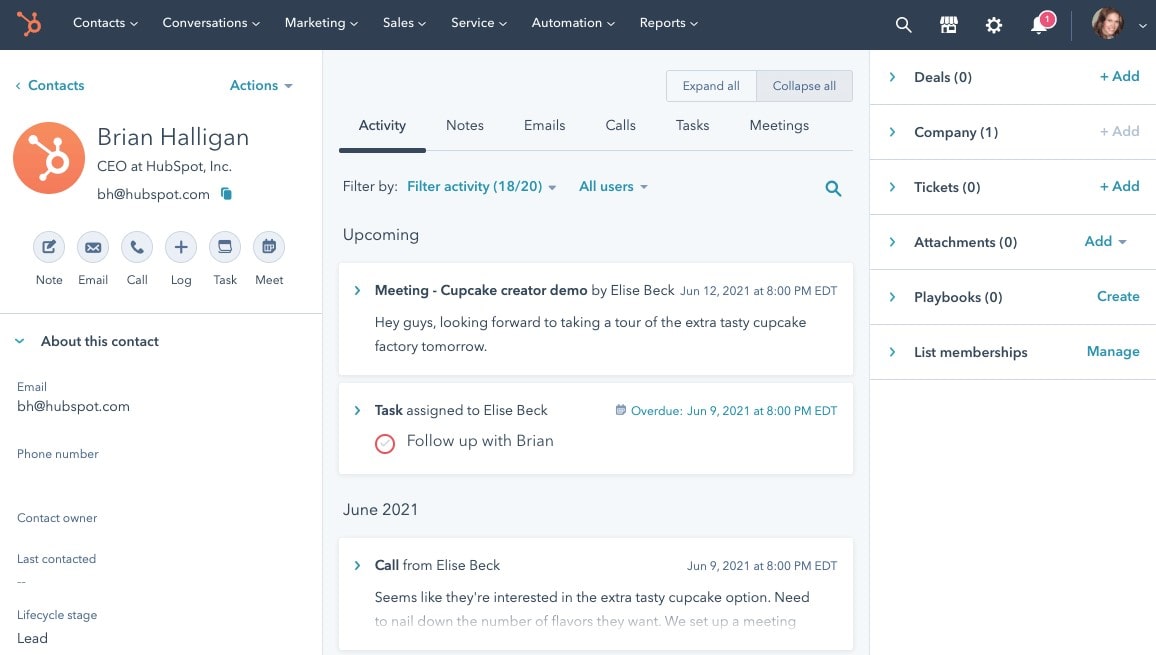
The basis of marketing that is focused on the customer is integration of customer relationship management (CRM). Syncing your CRM with marketing automation will help you to improve customer interactions and streamline processes.
Take a real estate company. Data in their CRM could be anything from communication histories to property preferences. By combining this CRM with marketing automation, the business can use this information to start customized email campaigns that raise conversion rates and client engagement.
Many advantages result from CRM integration:
- Unified Customer vision: Gaining a 360-degree vision of your customers enables you to comprehend their wants and preferences.
- Automated Workflows: By automating system data exchange, manual labor is reduced.
- Enhanced Personalisation: Create customised marketing initiatives with CRM data.
As such, avoid maintaining your marketing automation and CRM in different silos. Rather, close the distance and let them to dance together. The customer-centric marketing environment of today demands CRM integration; it is not a nice-to-have. Thus, become involved, integrate, and let your client relationships to grow.
8. Behavioral Tracking and Triggers: Revolutionizing Marketing Automation
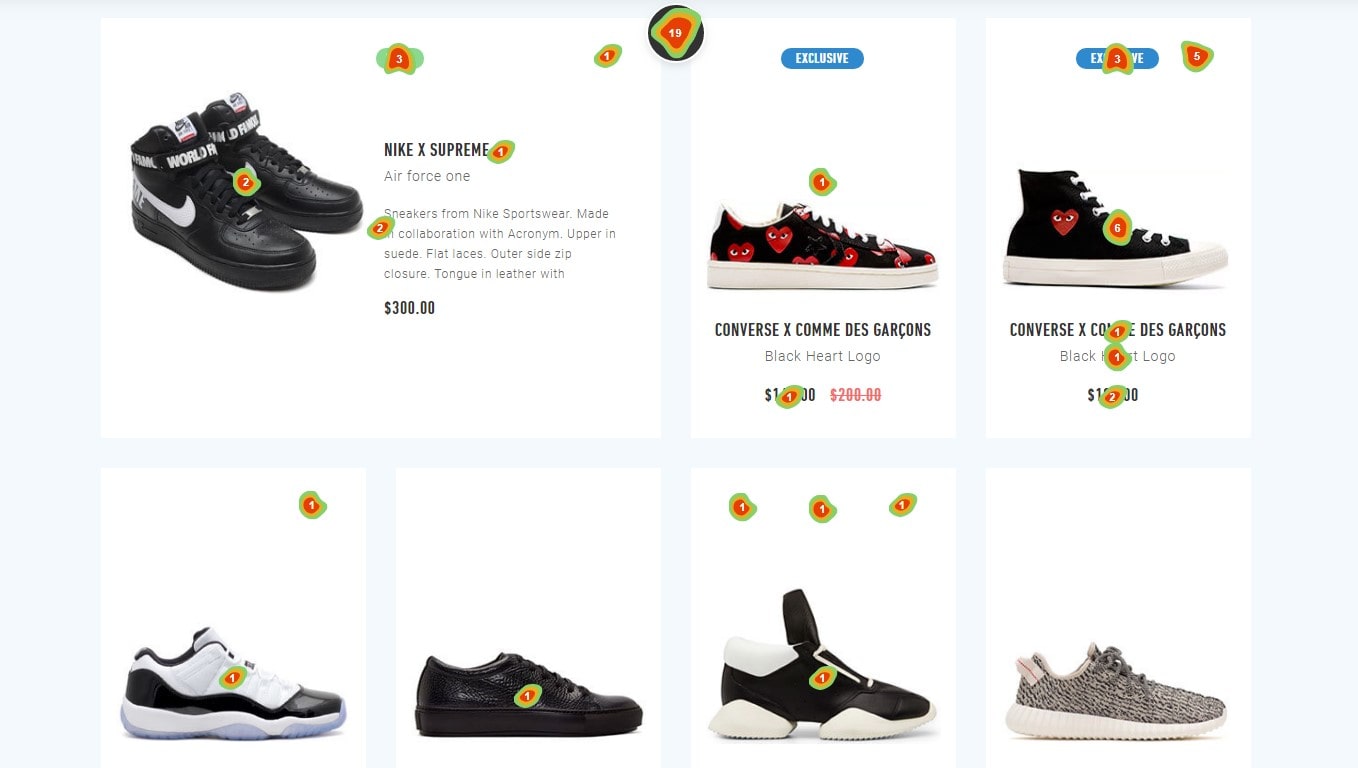
Marketing automation is made powerful by behavioral tracking and triggers. Through their ability to read consumer behavior, this dynamic pair customizes experiences and increases interaction.
Consider a bookstore online. The business may learn what books clients view, how long they stay on a page, or what genres they like by using behavioral tracking. Come now the triggers. A consumer reading a science fiction book for a long period, for instance, might send out an automatic email suggesting other books or providing a discount.
These are some ways that triggers and behavioral tracking can greatly enhance your marketing automation:
- Customized Interactions: Provide content according to personal choices and actions.
- More Engagement: Use timely, pertinent communications to pique client interest.
- Increased Conversions: Use the appropriate message to prod customers at the appropriate time to increase sales.
Rather, keep your automation efforts manager, embrace behavioral tracking and triggers, and see how your marketing campaigns become a machine that engages customers. With customized, in-the-moment interaction, convert inactive browsers into purchasers. It is time to leverage behavior as, in marketing automation, knowing and responding to consumer behavior is king.
9. AI-driven Customer Journey Mapping: A New Level of Marketing Automation
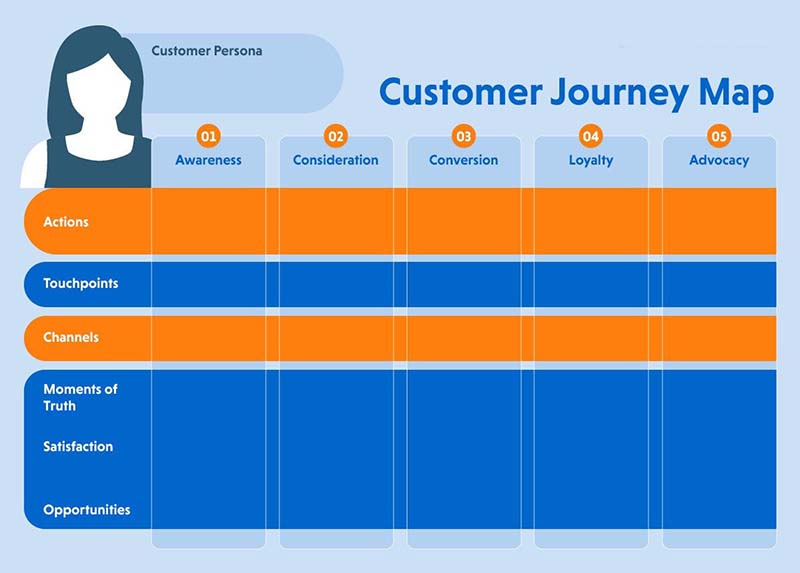
Artificial intelligence is rewriting criteria for customer journey mapping. This potent mix of technology and strategy sets a new standard for marketing automation.
Consider an exercise application. An artificial intelligence-driven customer journey map lets the app adjust activities based on historical behavior and preferences of a user. Every interaction with the app feeds the artificial intelligence, therefore improving the customer’s road map.
Customer journey mapping driven by artificial intelligence provides the following primary benefits in marketing automation:
- Through individualized trend and desire analysis, artificial intelligence could provide experiences never the same.
- Using artificial intelligence helps marketers predict consumer needs and offer value at every stage of the process.
- Improved Efficiency: The mapping being simplified by AI-driven approaches saves time and mistakes.
Including AI-driven visitor journey mapping into your strategy helps you to create unique consumer experiences never seen before. Your AI-guided marketing automation provides tailored, relevant material encouraging interaction and conversion at all phases of your customers’ unique path. In this new age, artificial intelligence-driven customer journey mapping is not a choice but rather a demand.
10. Harnessing the Power of Predictive Analytics in Marketing Automation
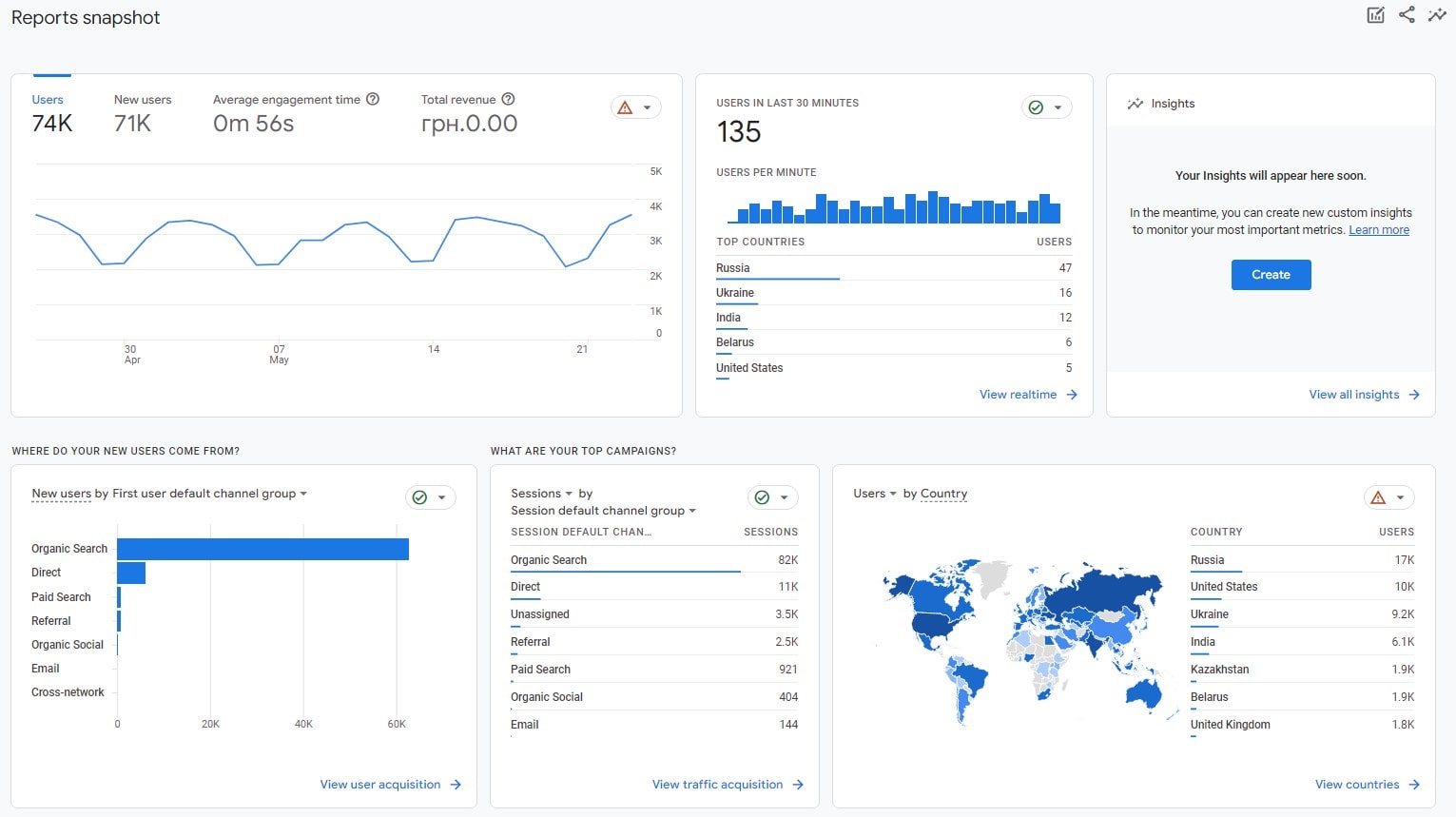
Marketing automation is a major tool in the digital world of today. Its rise has been accelerated by predictive analytics. By looking at past data, predictive analytics projects trends for the future, therefore enabling businesses to maintain one step ahead.
Consider an online fashion retailer. Predictive analytics allows the shop to based on browsing behavior forecast a customer’s style preferences. Conversion rates can therefore be increased by customising marketing messages with this understanding.
Predictive analytics offers several benefits inside marketing automation:
- Examining consumer data will help your marketing to be tailored to every person’s preferences.
- Predictive analytics helps you to identify high-potential prospects, so enabling more sensible use of your resources.
- Anticipating consumer needs will help to greatly raise loyalty levels.
Making use of predictive analytics in marketing automation is like to having a crystal ball. It is more about predicting than reacting to consumer needs. This progressive approach transforms marketing automation and helps businesses to get data supporting client satisfaction and growth. Then, predictive analytics and marketing automation taken together will transform the marketing scene entirely.
11. Mastering the Art of Programmatic Advertising in Marketing Automation
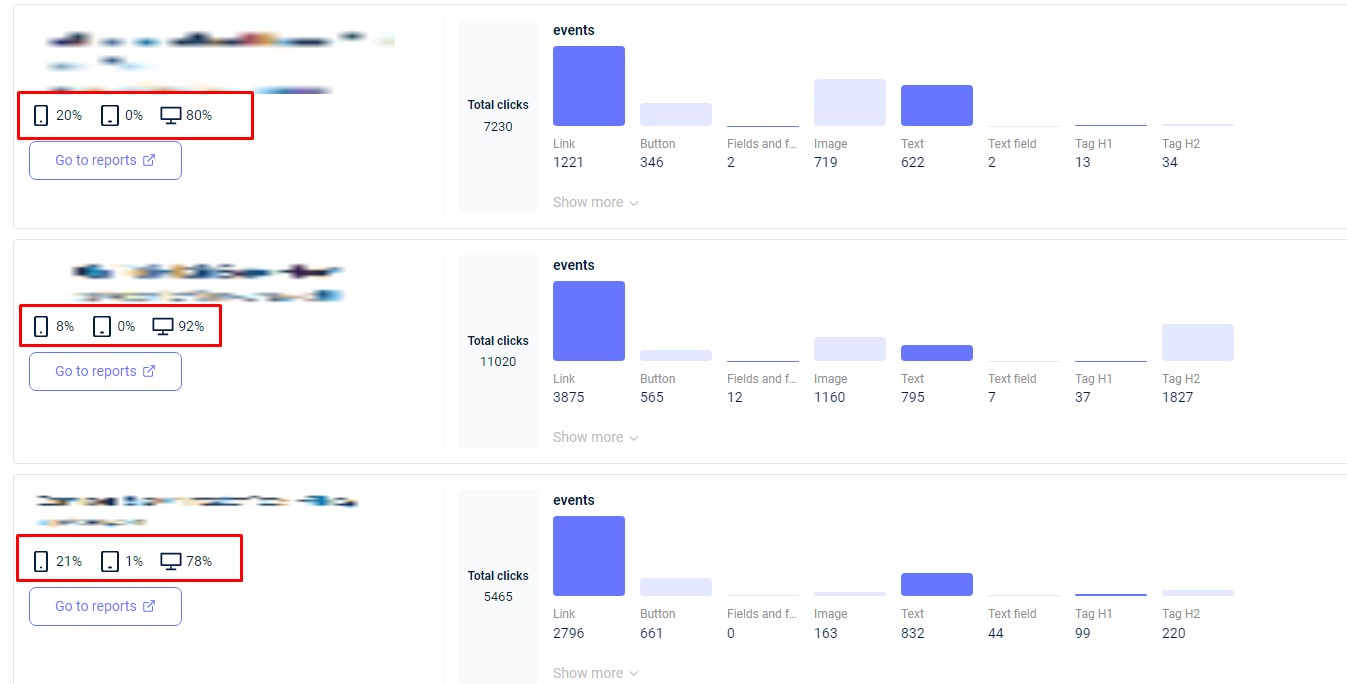
Programmatic advertising is leading front stage in marketing automation. Buying and selling ads automatically using technology targets and streamlines the advertising process.
Envision a travel agency. Programmatic advertising allows them to show commercials to those who recently searched for vacation destinations. These very relevant ads have the power to raise interaction and conversion rates dramatically.
Including programmatic advertising into your marketing automation system has the following primary benefits:
- Real-time bid on ads will help you get the greatest price for every available advertisement space.
- Programmatic advertising, which uses user data to offer commercials to your ideal audience at the right moment,
- Real-time analysis will help you to quickly grasp the effectiveness of your campaign hence enabling quick adjustments.
Working together, programmatic advertising and marketing automation creates unique marketing opportunities. It substitutes decisions based on data that increase productivity and ROI for guesswork, hence eliminating it. Programmatic advertising’s development and interaction with marketing automation is redefining digital marketing and helping businesses to reach their target market in more customized and efficient ways. Success in the digital sphere will definitely depend on how to control this confluence of marketing and technology.
12. Harnessing the Power of Chatbots and Conversational AI in Marketing Automation

Conversational AI and chatbots are quickly emerging to be essential technologies in marketing automation. These cutting edge technology can interact with clients in real time and offer support and solutions around-the-clock.
Take an internet clothing store. They may, all without human involvement, provide visitors with tailored style recommendations, respond to questions about product availability, and even walk them through the buying process with the aid of a chatbot.
Benefits of conversational AI and chatbots are many:
- Availability around-the-clock: Because these digital assistants never go to sleep, customer service is always available.
- AI can evaluate consumer behavior and customize talks based on that.
- Increased Efficiency: By managing routine questions, human resources are freed up for more difficult jobs.
Conversational AI and marketing automation together can improve user experience and provide customized interactions that encourage customer loyalty. These systems are a great asset in any marketing automation plan since they become better with every engagement and get more skilled at simulating human communication. Using conversational AI and chatbots in marketing automation can completely change how companies interact with their clients and increase happiness and engagement.
13. Charting the Path: The Future of Marketing Automation
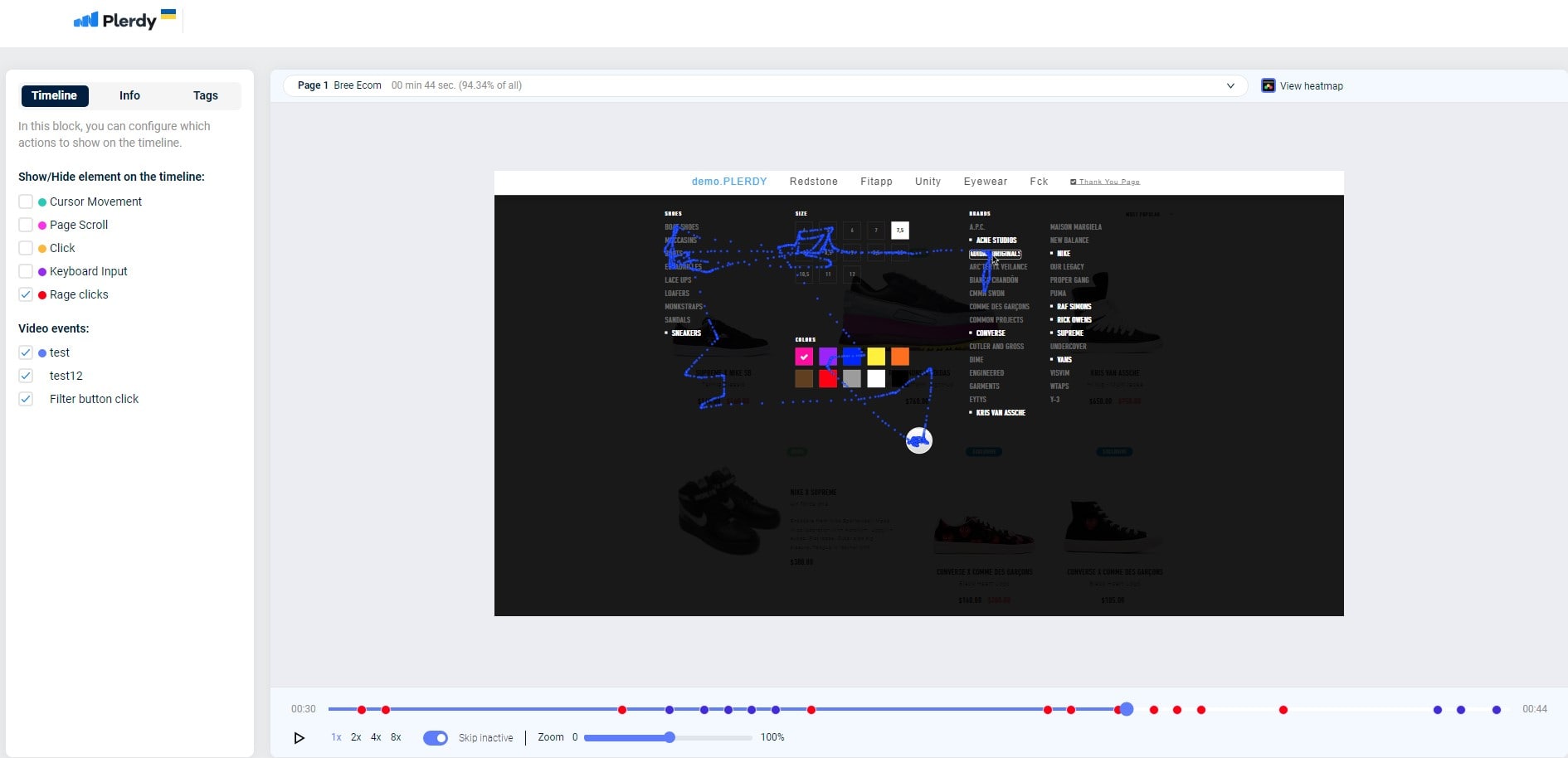
Looking ahead, marketing automation is clearly going to completely change the way companies engage with their clients. Modern technologies like machine learning, predictive analytics, and artificial intelligence are pushing marketing automation beyond its previous limits and into unexplored areas.
One neighborhood artisan coffee shop uses automation to expand. Personalized offers can be presented to consumers by combining activity tracking and AI-driven customer path mapping. Sales rose and consumer loyalty rose.
The new developments influencing marketing automation are briefly summarized here:
- Hyper-personalization: Marketing automation powered by big data and AI will provide messages that are incredibly customized to the preferences of every customer.
- Targeted marketing initiatives result from predictive analysis, which uses past data to estimate consumer behavior.
- Omnichannel marketing: Automation tools will smoothly combine different channels to give customers a uniform experience at every touchpoint.
This is a life-changing experience that is set up to improve client satisfaction and support company expansion. Marketers, get ready because the future of marketing automation is coming, and it looks to be exciting.
Bottom Line
Getting around the twisting paths of marketing automation, we’ve seen 13 amazing cases that completely change the way companies interact with their customers. Automation is obviously a key gear in the growth engine rather than an optional extra. These examples demonstrate how effective an ally automation can be in your marketing toolkit, from personalised mailings to reminders about abandoned carts, clever sign-ups to precise targeting.
Automation may transform your business, regardless of size—small e-commerce retailer, well-established IT company, or just starting a blog. It can improve your marketing approach, simplify procedures, and forge closer ties with your customers. With Plerdy tools, personalize your interactions with buyer personas, and use comprehensive analytics to track your progress.
Remember as we wrap up this tour that it’s meant to enhance rather than to replace the human touch. Automation creates a smooth, customized consumer experience when it reflects the personality and values of your company.
You’re next. Profit from marketing automation by using these insights, experimenting with various approaches. Plerdy’s toolkit is just a click away, prepared to launch your marketing initiatives into orbit.
